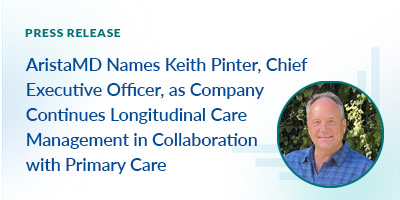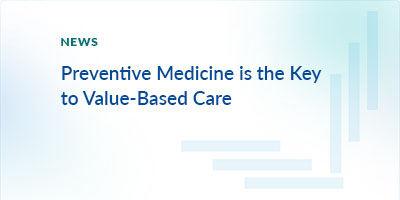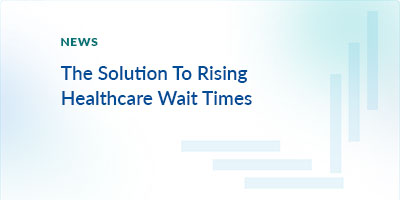News
What’s happening at AristaMD? Find out. Review our news and press releases.
AristaMD Names Mike Gierut as Chief Financial Officer to Drive Financial Strategy and Growth
SAN DIEGO – March 13, 2025—AristaMD, technology enabled clinical services organization committed to simplifying access to specialty care, announced today…
AristaMD Names Keith Pinter, Chief Executive Officer, as Company Continues Longitudinal Care Management in Collaboration with Primary Care
SAN DIEGO – May 29, 2024—AristaMD, a clinical services and specialty care coordination company that enables primary care providers to manage risk and…
AristaMD and Sitka Form Single Company, Secure Series C of $16.5M for the Expansion of Specialty Care Access via Electronic and Video Consultation Services
SAN DIEGO – Nov. 14, 2023 – AristaMD, a digital healthcare company specializing in eConsults, today announced it has joined forces with Sitka, a video-consult specialist…
Preventive Medicine is the Key to Value-Based Care
Studies have shown that preventative care decreases the incidence of disease and patient mortality, resulting in better care outcomes. Preventive medicine proactively identifies…
Electronic Consult Between Peers to Combat Long Wait Times
When patients wait to see a specialist, they are more likely to experience complications. An electronic consult between peers can help.
The Solution To Rising Healthcare Wait Times
In the Electronic Health Reporter, Rebecca Chi discusses decrease healthcare wait times as specialist appointment wait times lengthen.
How eConsults are Reducing Wait Times Through Enhancing Primary Care Capabilities
One of the most severe consequences of the ongoing difficulties with specialty care access is a substantial increase in wait times among patients seeking a specialist appointment.
PSQH: Returning the Primary Care Physician to the Heart of High Quality Patient Care
When it comes to improving the quality of healthcare, healthcare operations, and assessing how to improve patient satisfaction, experts across the industry are recognizing…
AristaMD Expands Digital Health Consults at TrueCare in San Diego
North County Health Services expands partnership with AristaMD to expand eConsult platform system-side. See the results of this FQHC telehealth eConsult pilot.









